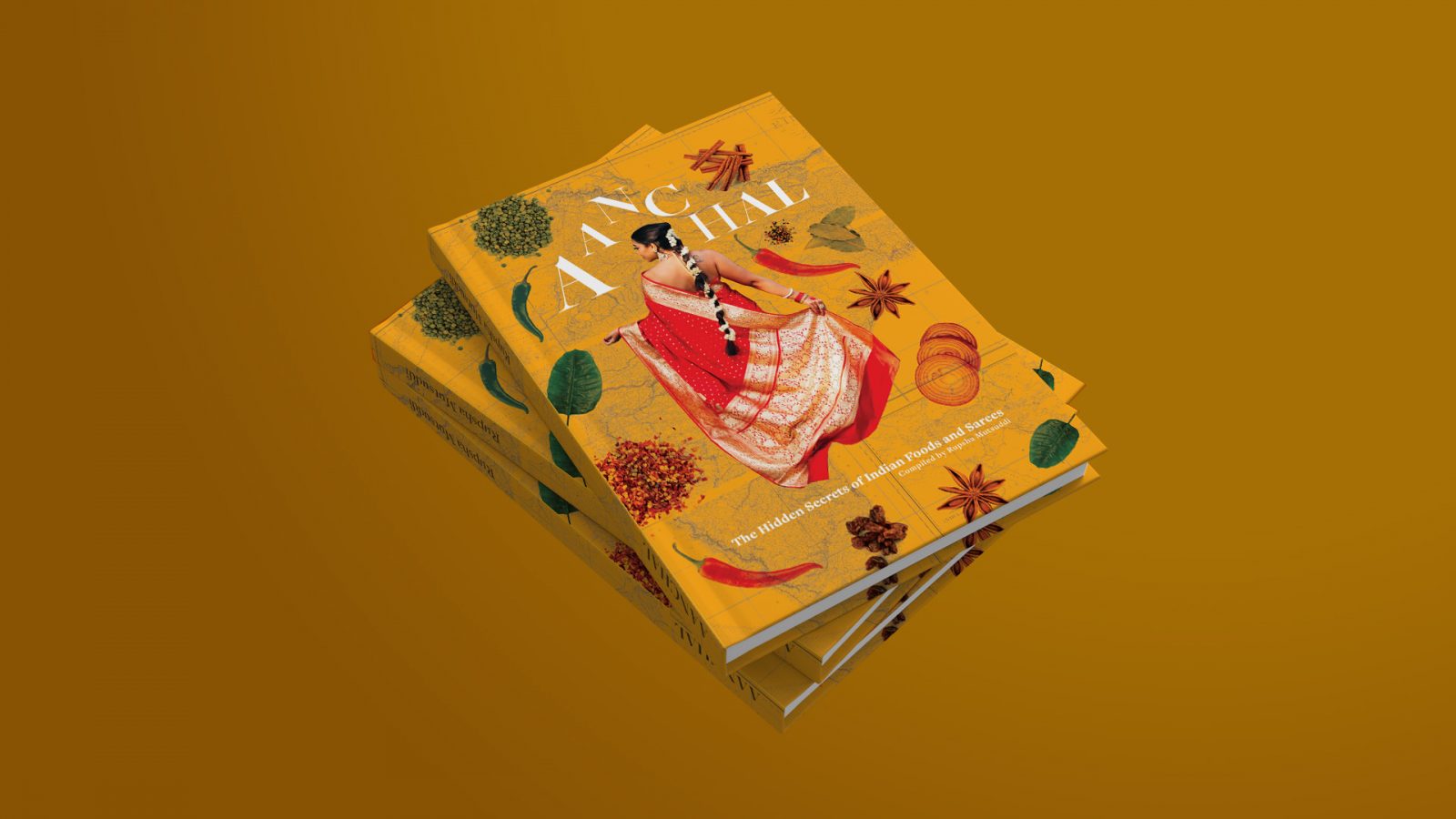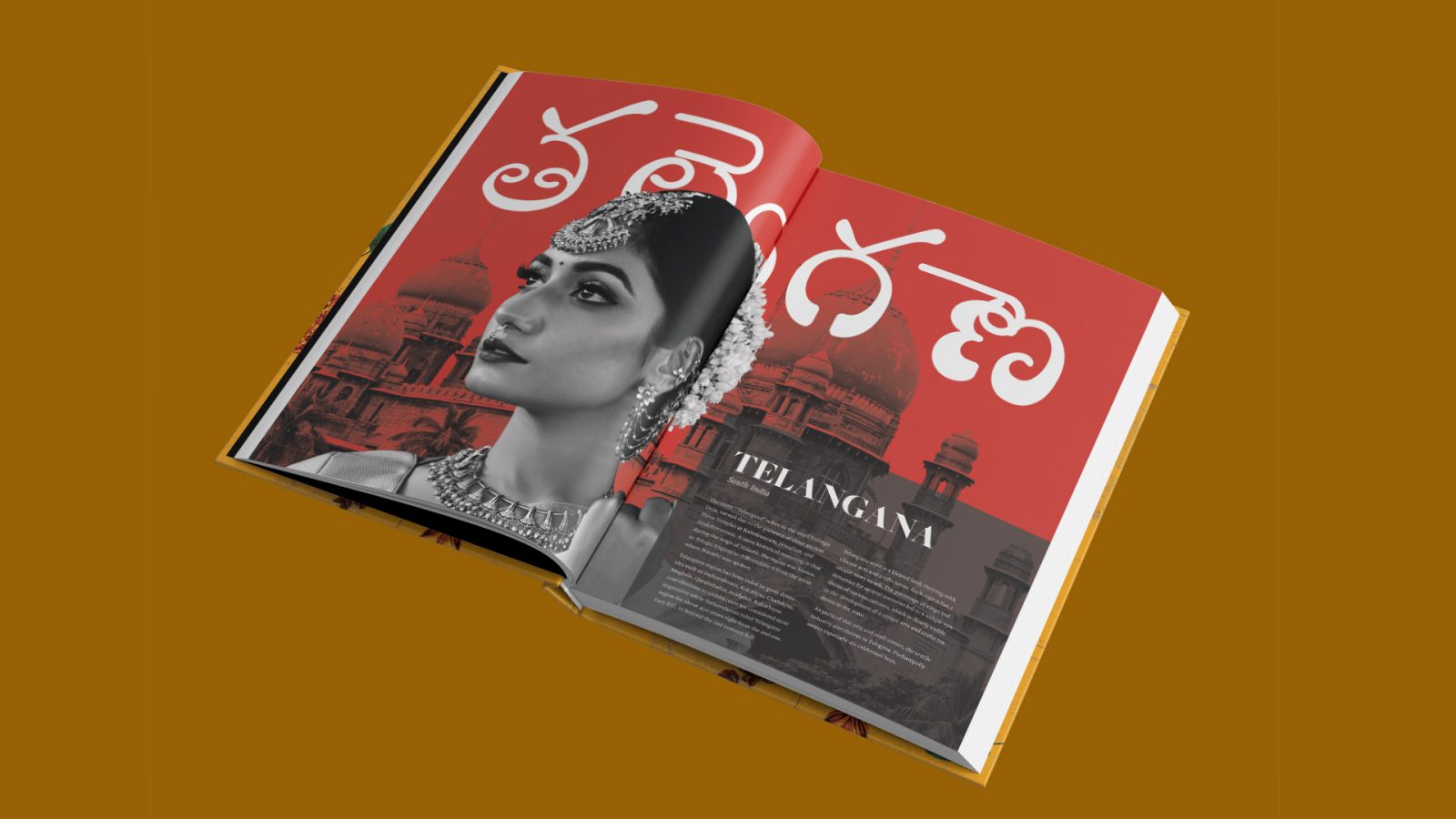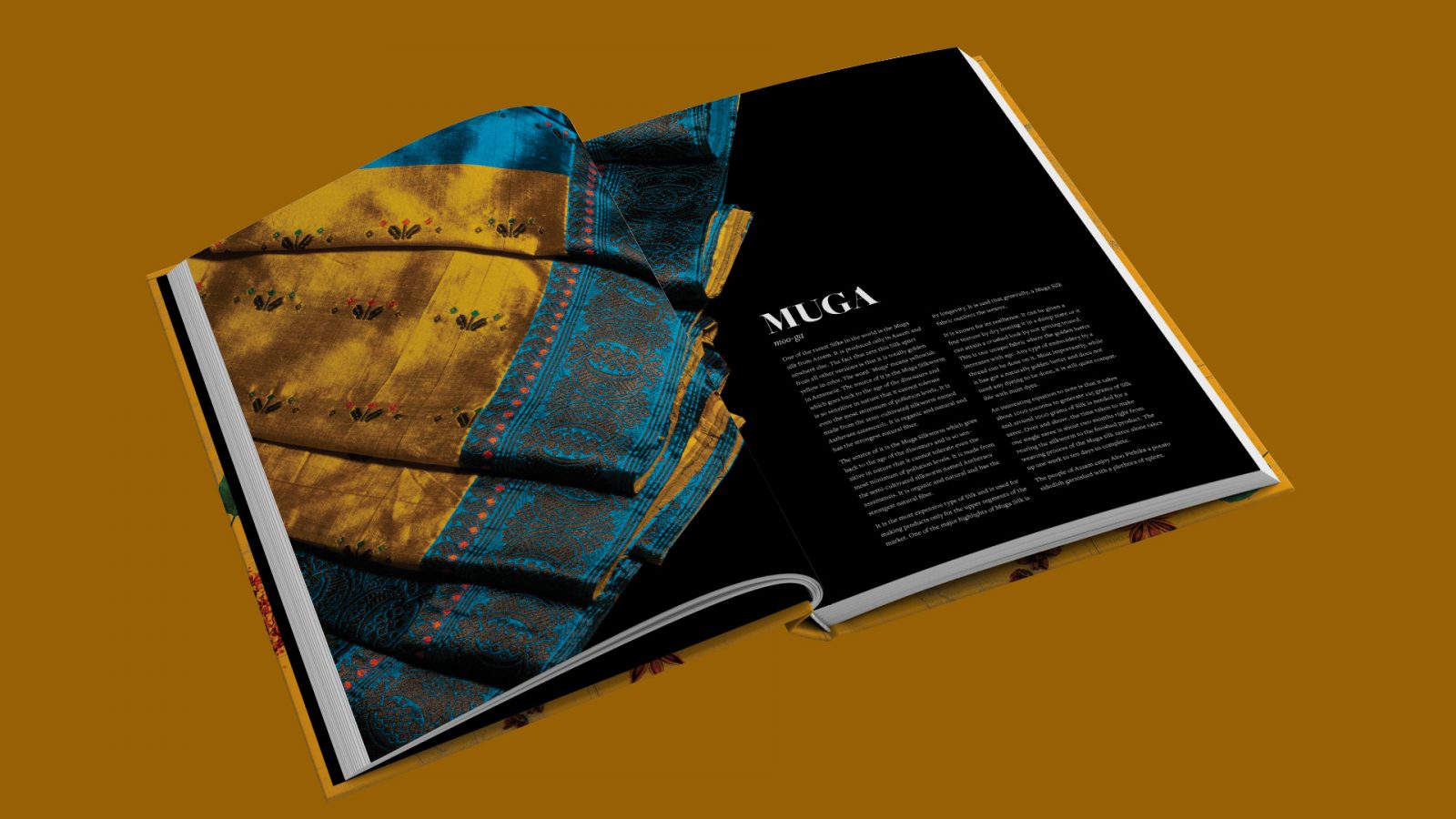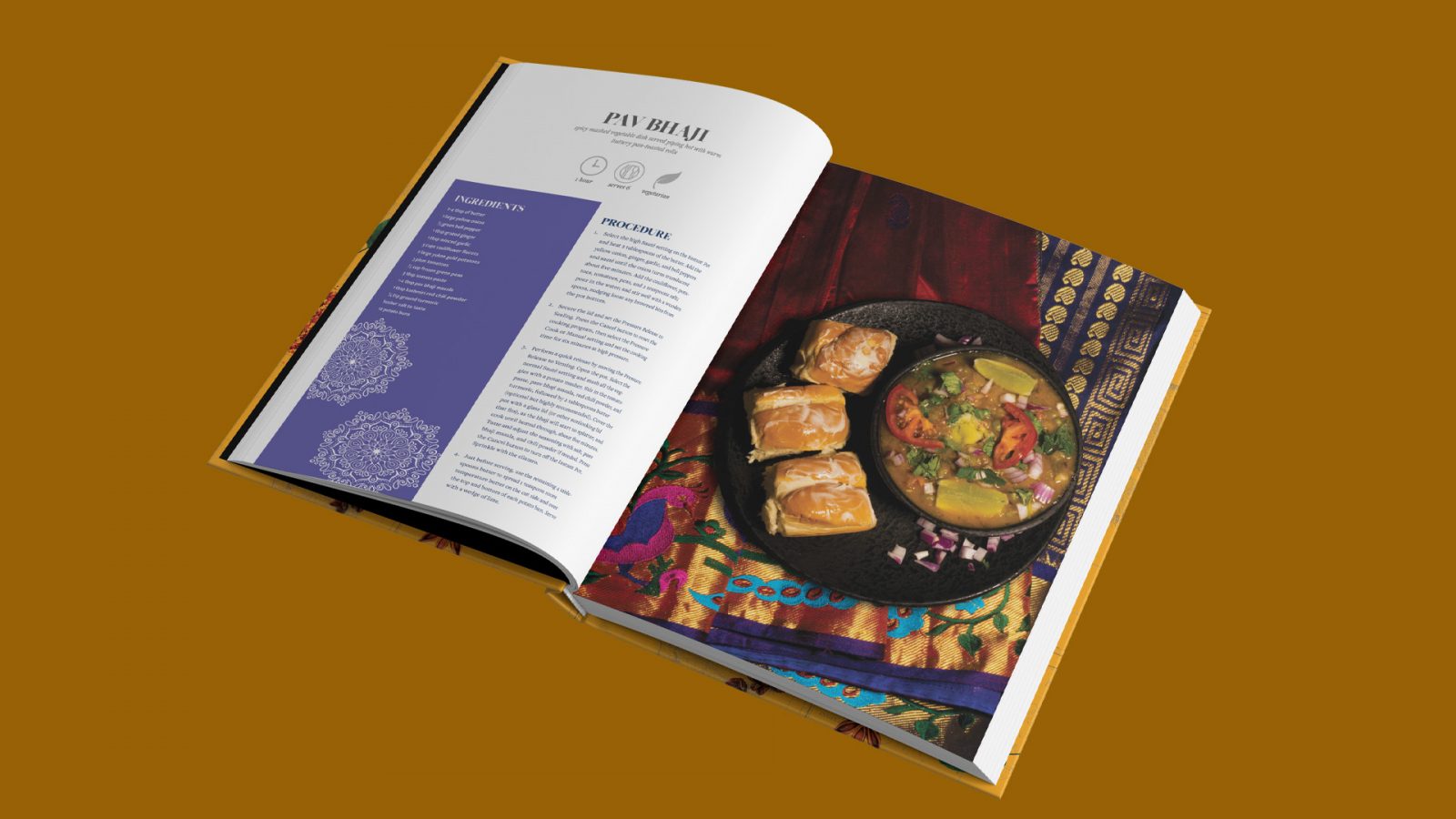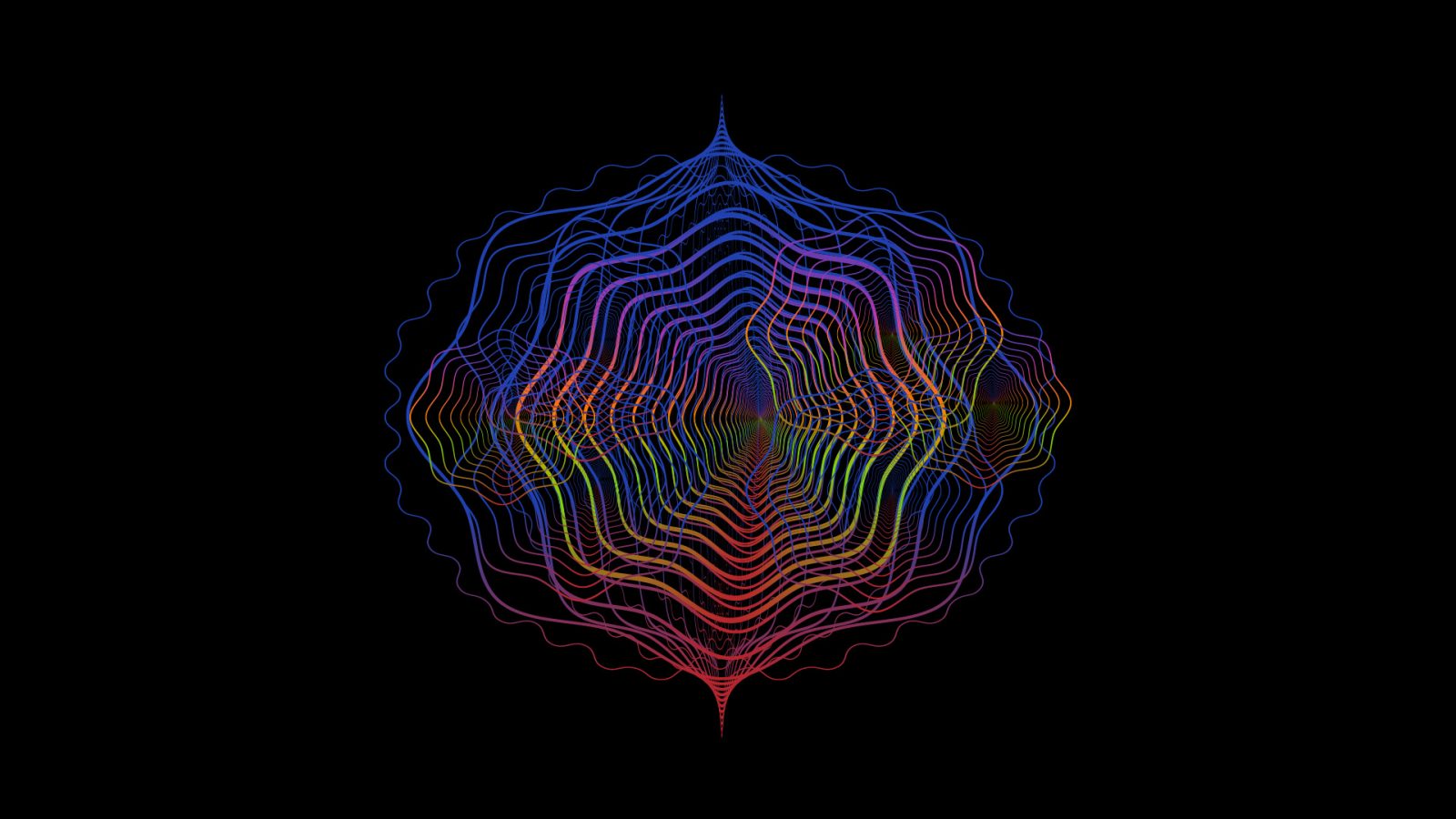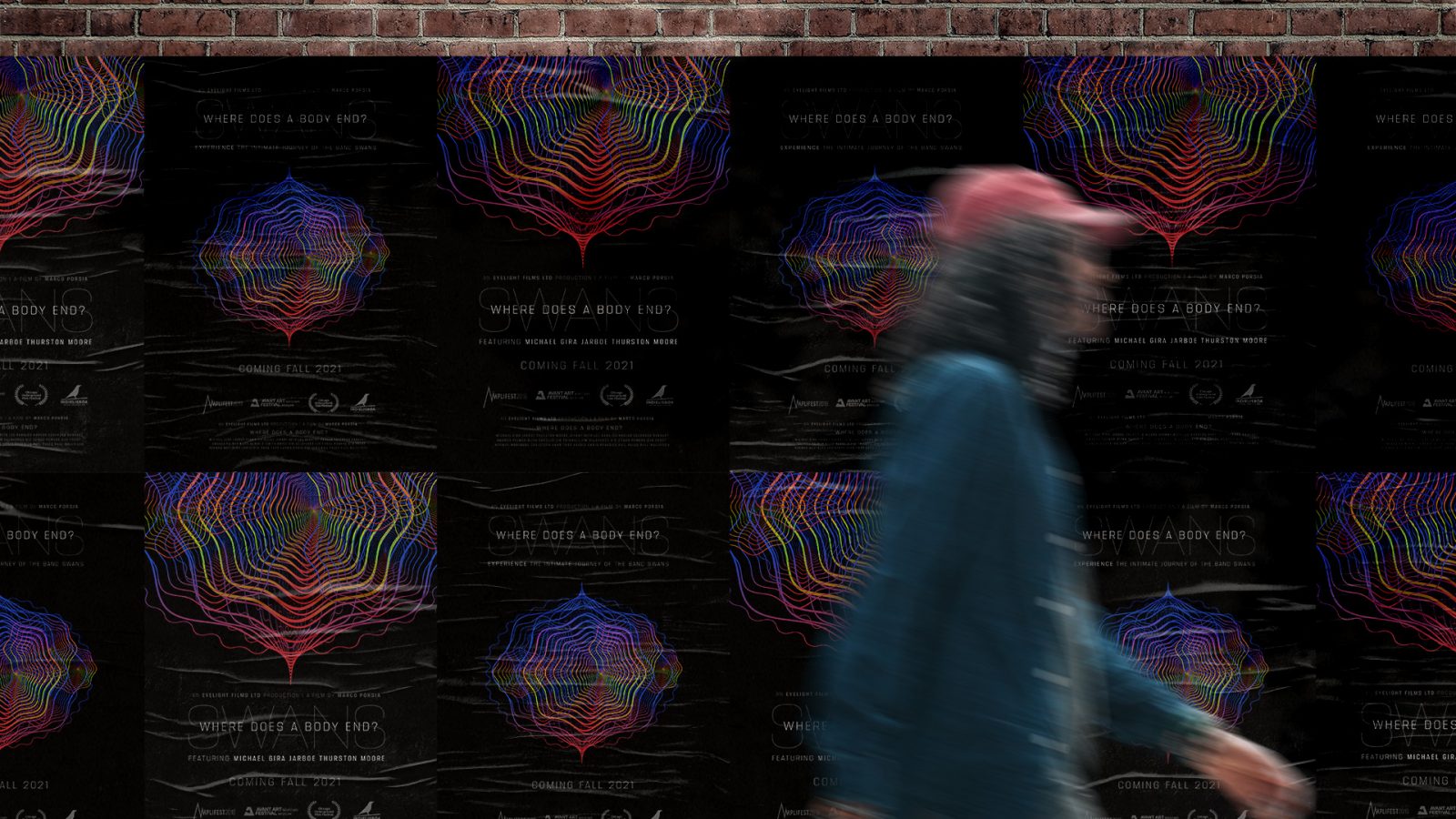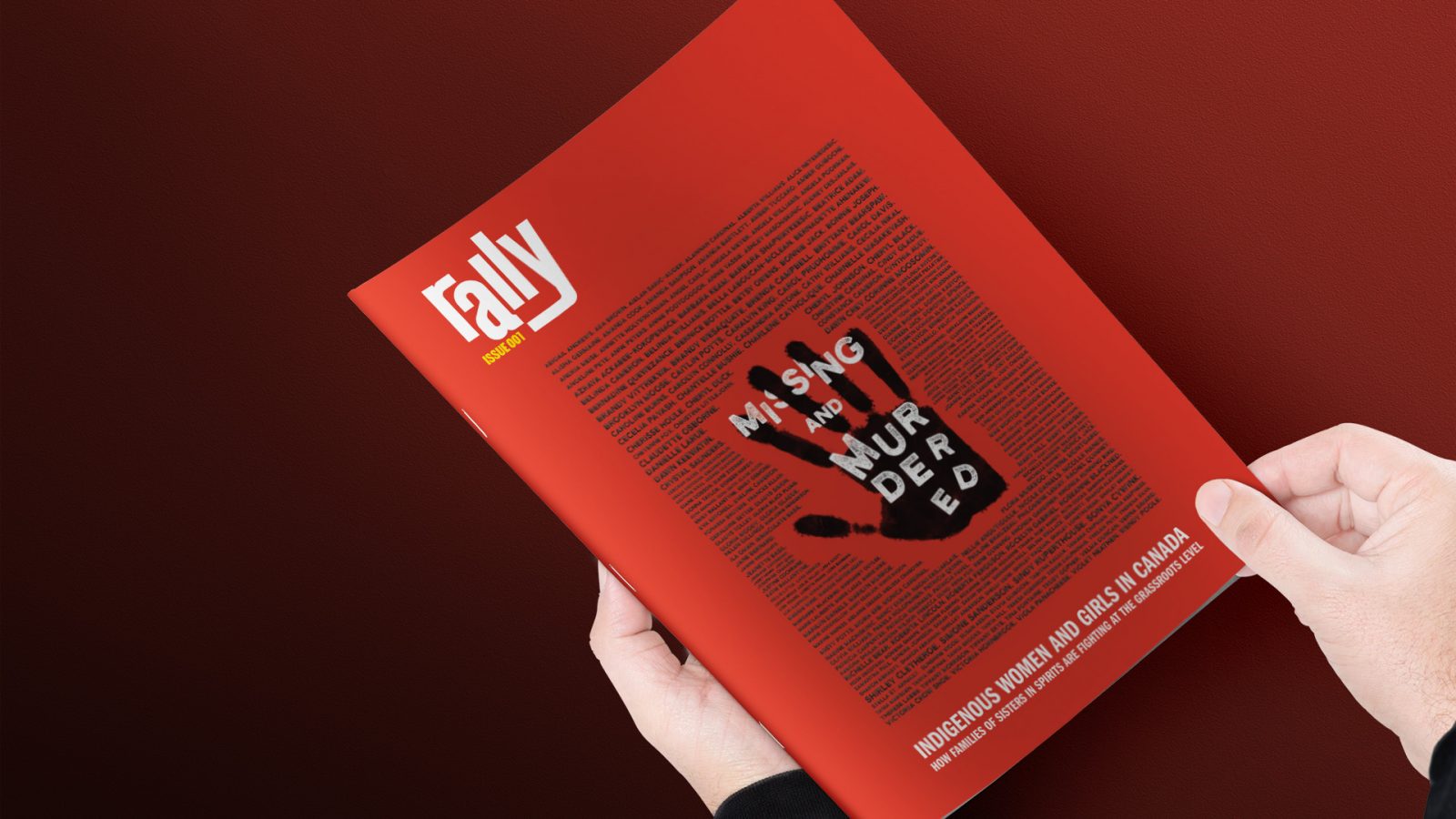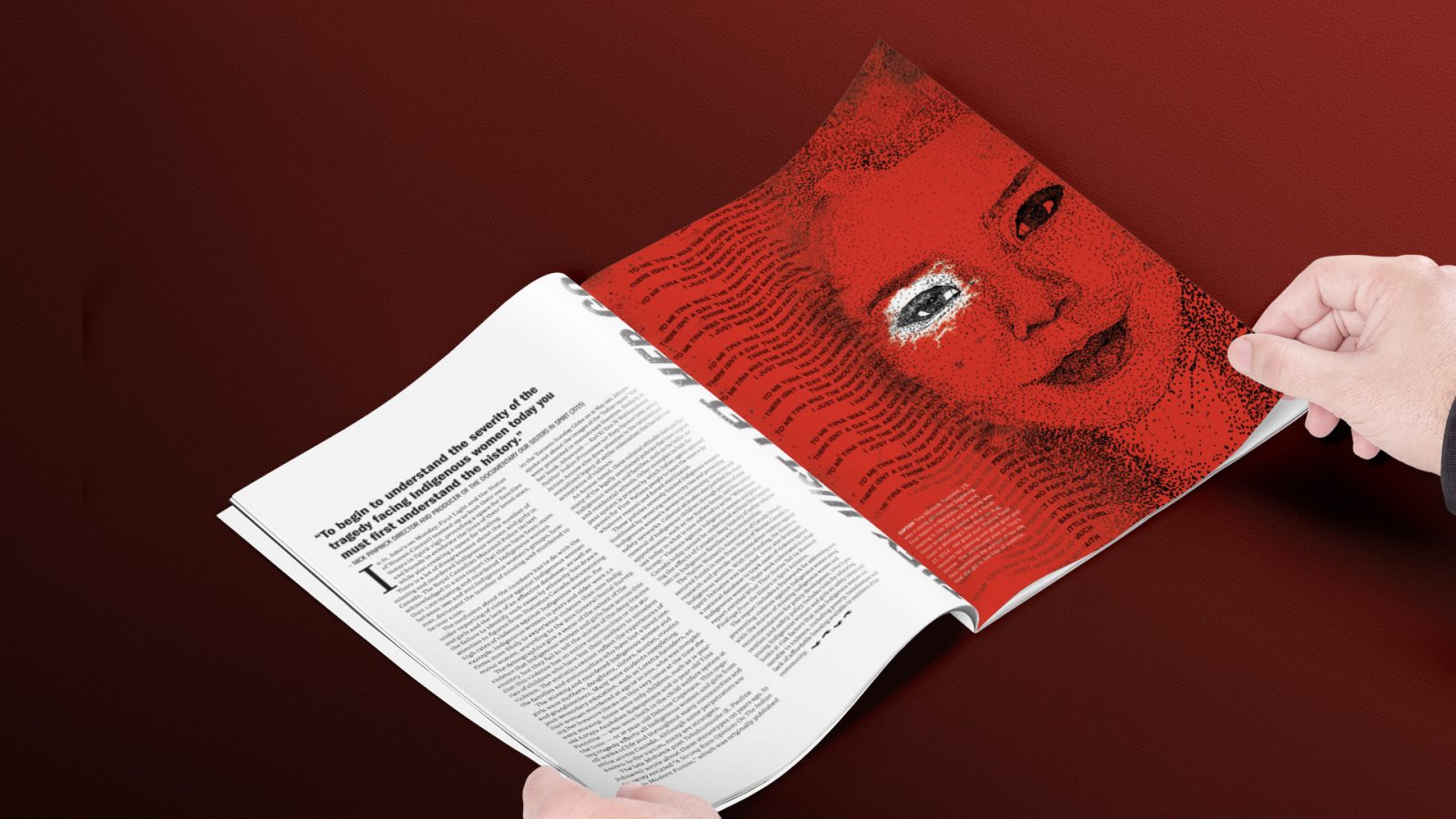
Rupsha
Mutsuddi
Rupsha is a multidisciplinary graphic designer who is passionate about branding, editorial design, design for social good, and UI/UX. Her work is driven by a strong focus on storytelling and a holistic research methodology. She holds an Honours Bachelors Degree in Psychology from the University of Toronto and will be pursuing a Master of Design at York University in Fall 2022.
